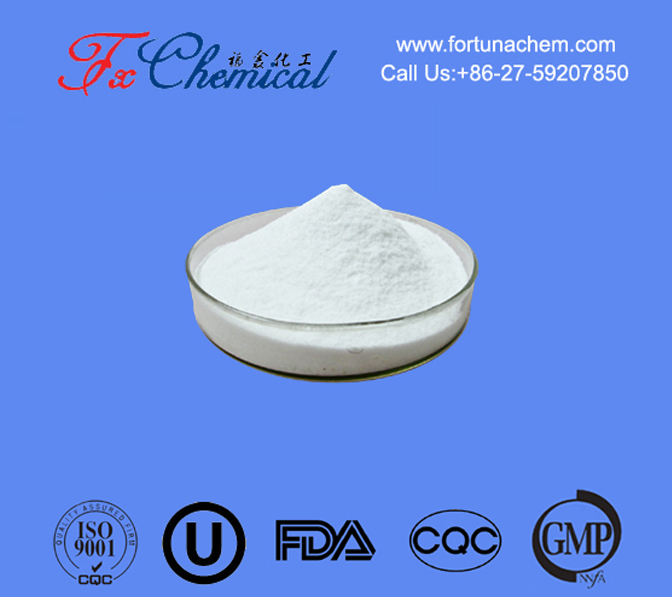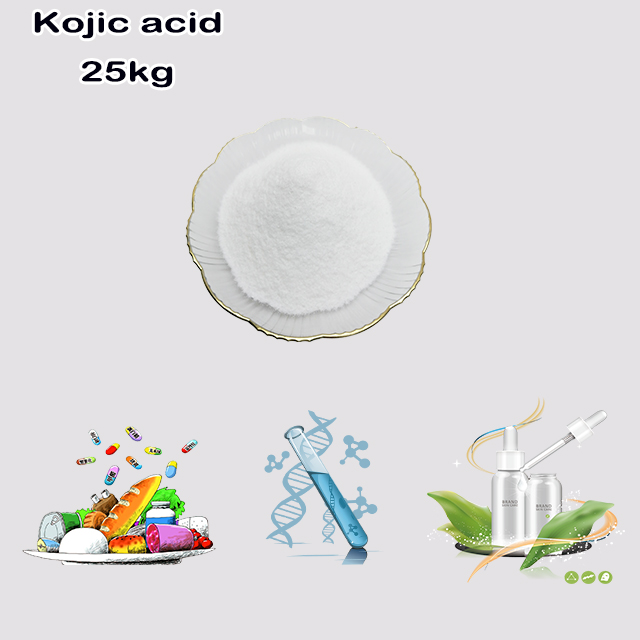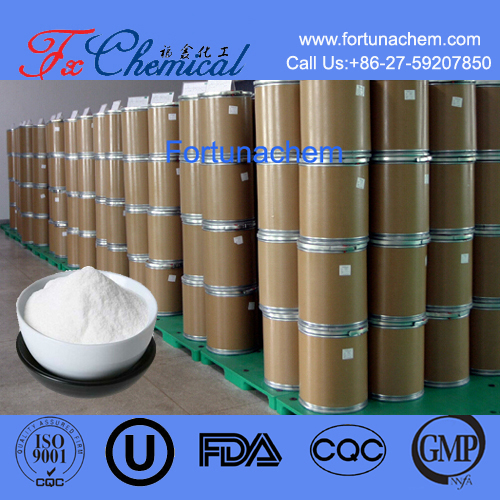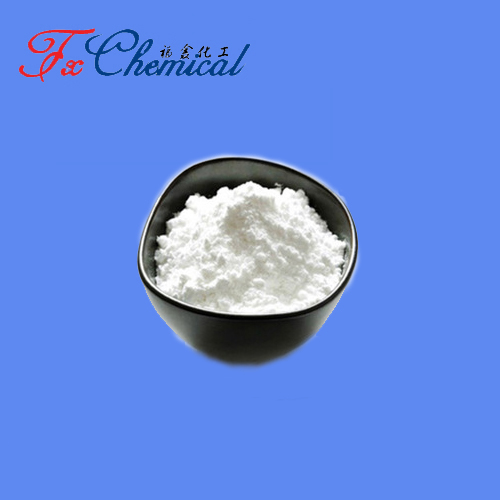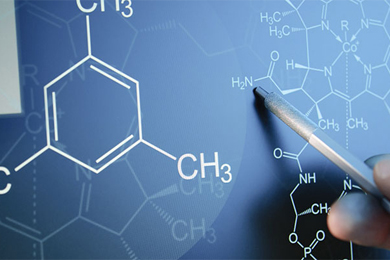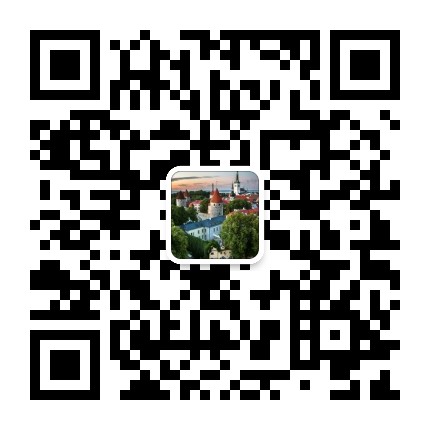
Search

Search

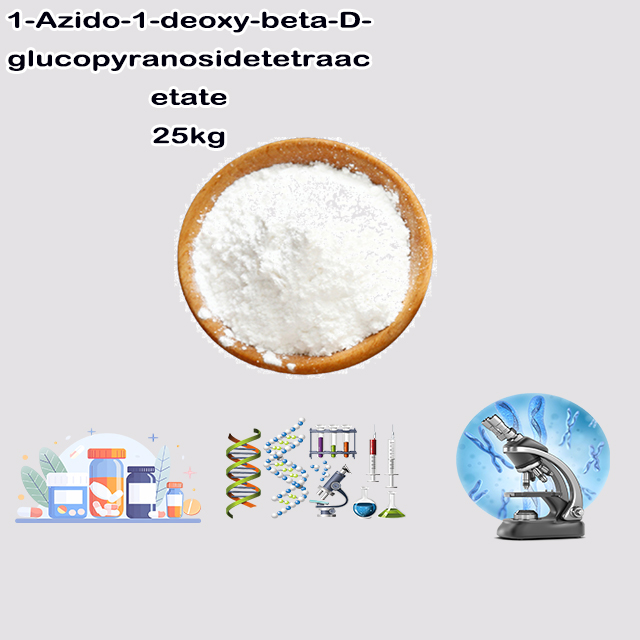
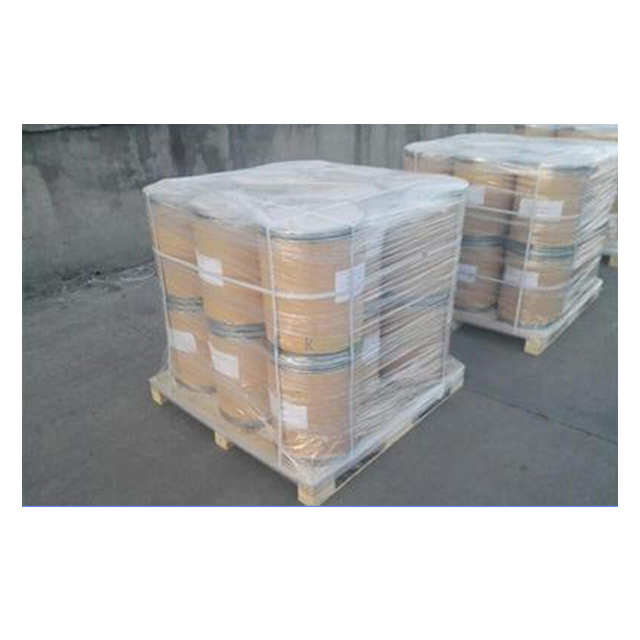
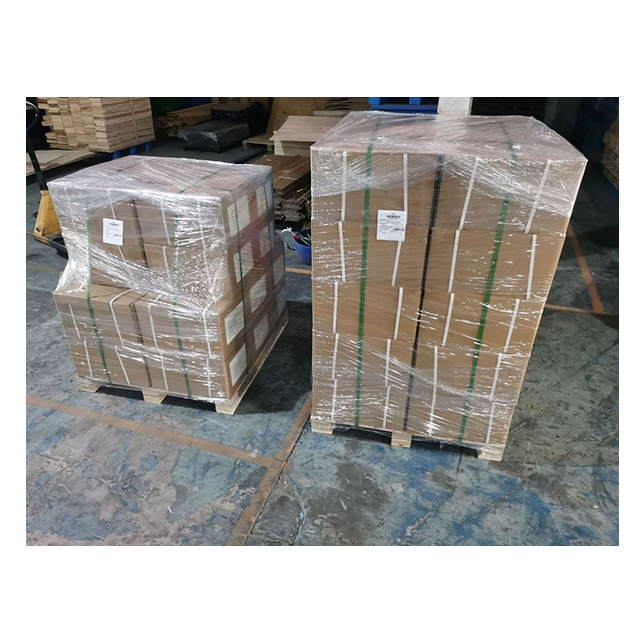

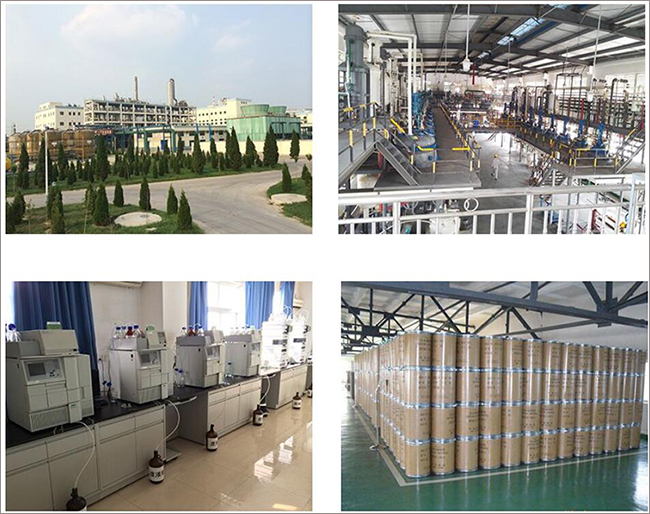





1-Azido-1-deoxy-β-D-glucopyranoside tetraacetate is a synthetic derivative of glucose. Its structure features:
A β-D-glucopyranose ring (six-membered glucose ring) with the anomeric carbon (C1) substituted by an azide (-N₃) group, making it "1-deoxy" (no hydroxyl at C1).
Acetyl (-OAc) groups protecting hydroxyls at positions 2, 3, 4, and 6, enhancing stability during reactions.
Synthesized via SN2 substitution of a glucosyl halide with sodium azide.
Used in "click chemistry" (e.g., CuAAC) for bioconjugation or glycopolymer synthesis. The azide enables efficient coupling with alkynes, while acetyl groups are later removed (e.g., via Zemplén deacetylation). Handle cautiously—organic azides may pose explosion risks under heat/shock.
1-Azido-1-deoxy-beta-D-glucopyranosidetetraacetate is a chemically modified derivative of glucose designed for use in synthetic chemistry, particularly in click chemistry and glycosylation reactions. Here's a detailed breakdown of its structure and significance:
Base Skeleton:
The molecule is based on beta-D-glucopyranose, the six-membered ring (pyranose) form of glucose. The "beta"configuration indicates that the substituent at the anomeric carbon (C1) is on the same side as the CH₂OH group (C5) in the Haworth projection.
Modifications:
Four hydroxyl groups (at positions 2, 3, 4, and 6) are acetylated (-OAc), protecting them from unwanted reactions during synthesis. The primary alcohol at C6 and the secondary alcohols at C2, C3, and C4 are all acetylated.
At the anomeric carbon (C1), the hydroxyl group (-OH) is replaced by an azide group (-N₃). This substitution makes the compound a key player in click chemistry, particularly in copper-catalyzed azide-alkyne cycloaddition (CuAAC) reactions.
1-Azido-1-deoxy:
Tetraacetate:
Functional Groups:
Azide (-N₃): Enables bioorthogonal reactions (e.g., forming triazoles with alkynes).
Acetate (-OAc): Protects hydroxyl groups, enhancing stability and directing reactivity to the azide.
Stereochemistry: The beta configuration ensures the azide group is positioned trans to the CH₂OH group, critical for specific biochemical interactions.
Click Chemistry:
The azide group reacts with terminal alkynes to form stable triazole linkages, useful in bioconjugation (e.g., labeling biomolecules).
Glycochemistry:
Serves as a precursor for glycosylamines or glycoconjugates after deprotection (removal of acetates) and azide reduction (e.g., to an amine).
Drug Discovery:
Used to synthesize carbohydrate-based drugs or probes due to its modular reactivity.
Typically synthesized by azidation of peracetylated glucose derivatives.
Acetates are removed via basic hydrolysis (e.g., NaOMe/MeOH), while the azide can be reduced (e.g., with H₂/Pd) to an amine.
This compound exemplifies a versatile intermediate in organic and medicinal chemistry, bridging carbohydrate chemistry with modern synthetic strategies.
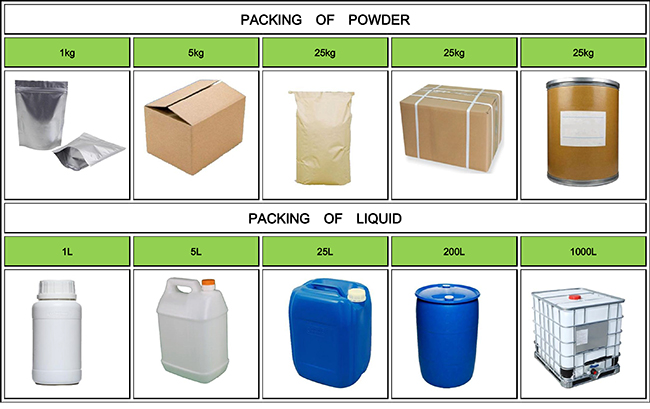
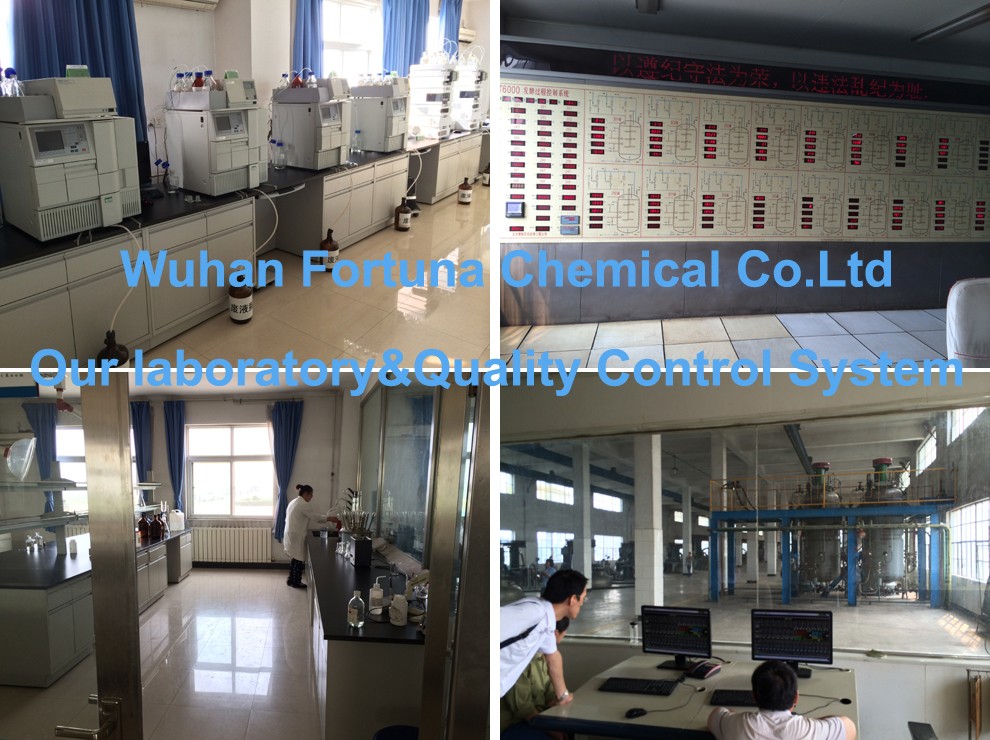


Fortunachem Provides Not Only Professional Chemical Products But Also Professional Help
Keeping you up-to-date with all the latest information, news, and events about Fortunachem!

Quick Links
Add:
E-mail:
 English
English  Español
Español  français
français  العربية
العربية 